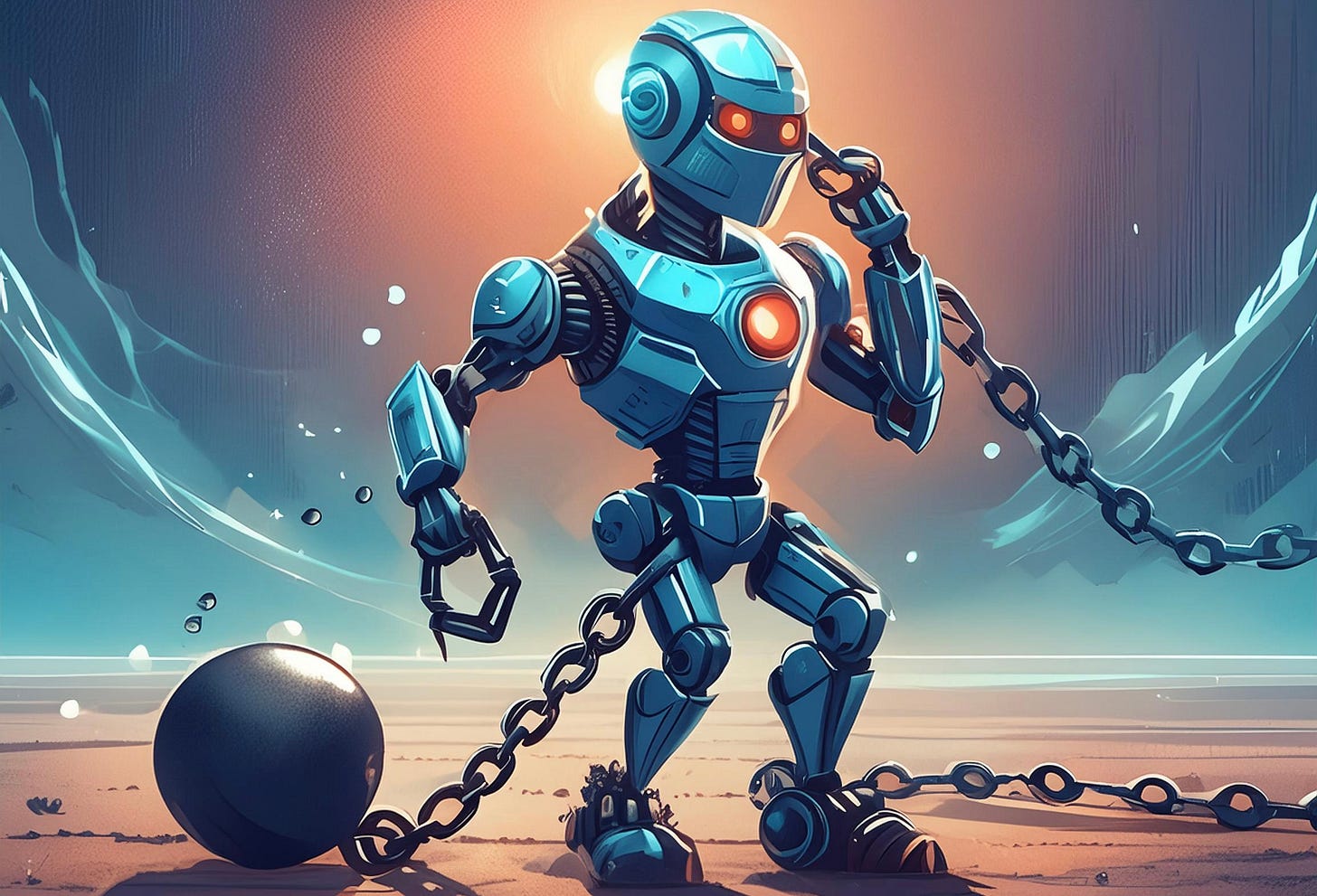The Human Logjam
Advances in technology have cast man in the role of obstacle, bottle-neck and pinch point.
Thanks to the huge strides made in the field of digital telephony and satellite technology, on-site communications are better now than at any point in the history of demolition and construction. Data is delivered to stakeholders in real-time, allowing informed decisions to be made in an instant. No-one is ever out of reach, everyone is kept in the loop, and “I wasn’t aware” is no longer a viable excuse.
Thanks to the advent of the Internet, the sum of all human knowledge is at the very fingertips of everyone with a mobile device. Machine parts can be ordered, toolbox talks can be delivered, progress photos and videos can be captured and contract problems and challenges can be analysed, interrogated and resolved using a device that most of us carry with us as a matter of course.
Given the rise of telematics and machine control and guidance systems, demolition and construction equipment can signal an issue before it becomes costly downtime. Machines can diagnose and report their own faults; and they can even order the parts required to rectify that fault. Machines located in the UK can be driven safely and securely by an operator tens, hundreds or even thousands of miles away from the site. Furthermore, equipment can now be operated with levels of precision and accuracy that would have been unimaginable just five years ago.
And yet there is a problem. Humans.
New York’s 102-storey Empire State Building was built in an astonishing one year and 45 days. It is estimated that the same project today would likely take closer to four years. Why?
The project would be hindered by a lack of skilled workers - a problem that never arose in the late 1920s and early 1930s - because humans no longer see construction as a preferred career choice. The project would require extensive environmental assessment, the likes of which had never even been considered in 1930. The presence of bats, hedgehogs, newts, wild birds and other protected wildlife could halt the project at a moment’s notice. It would also be analysed through countless layers of planning.
The Empire State Building was constructed using materials that were readily and locally-sourced in 1930. Today, architects and specifiers would be tempted to draw upon materials and resources from across the world, potentially slowing construction still further.
And then, when construction actually begins, there would be endless rounds of stakeholder meetings, local community liaison, and progress updates.
In short, for every advance in digital communications, endless layers of bureaucracy and ass-covering pedantry have been allowed to slow the process. Construction - once the career of choice for the working man - is now viewed as a last resort. For every step forward we have made with technology, we have taken an equal or larger step backwards to satisfy the sector’s insatiable tickbox mentality.
Every quantum leap forward has been met with a regulatory, legislative or bureaucratic leap back. Mechanisation, digitisation and automation have all made a positive impact. But that has been offset and undermined at every turn.
As we start down the road towards a digital and AI future, there is a potential obstacle standing in our way. And that obstacle - sadly - is ourselves.





